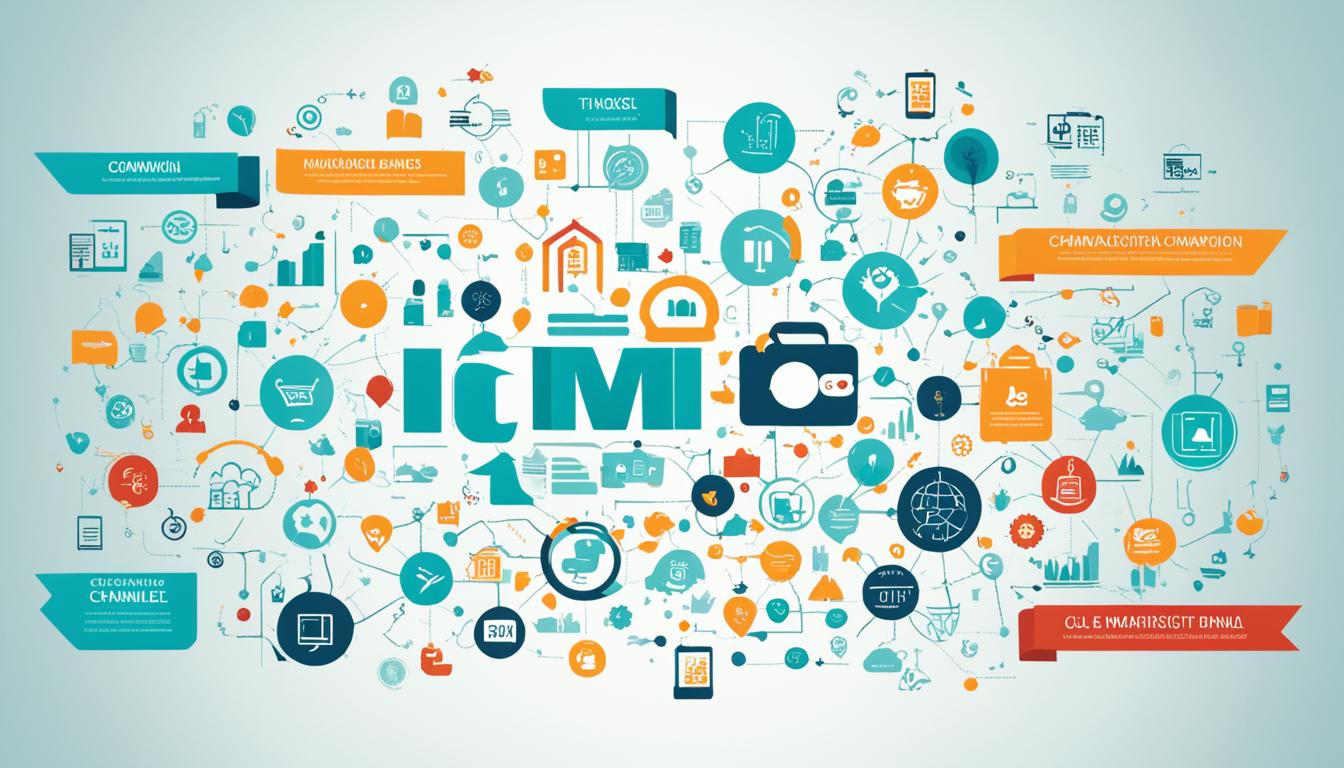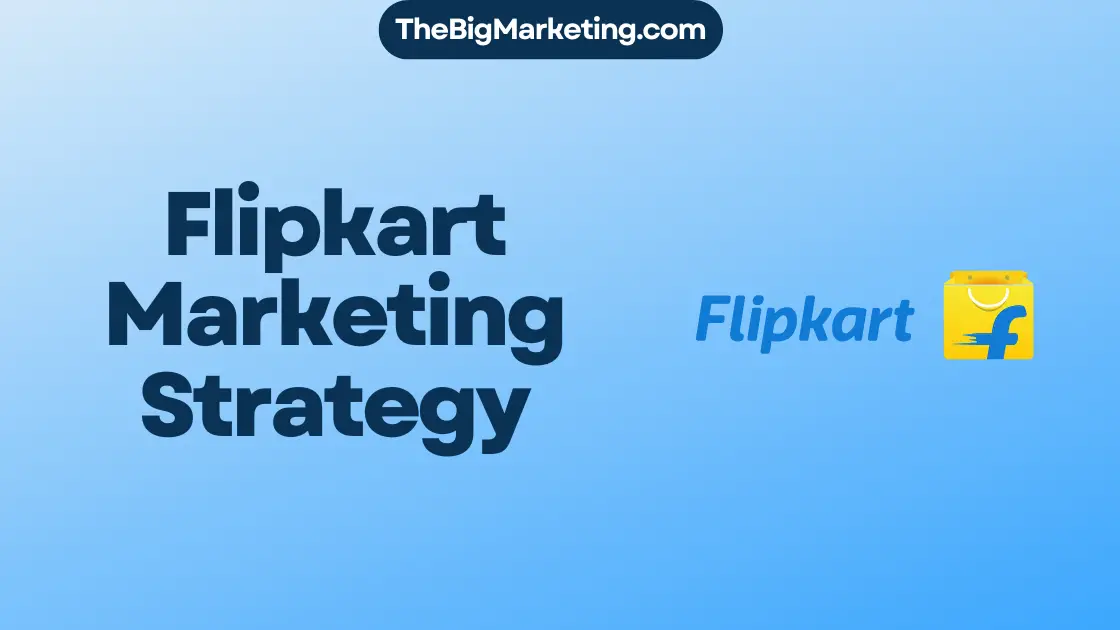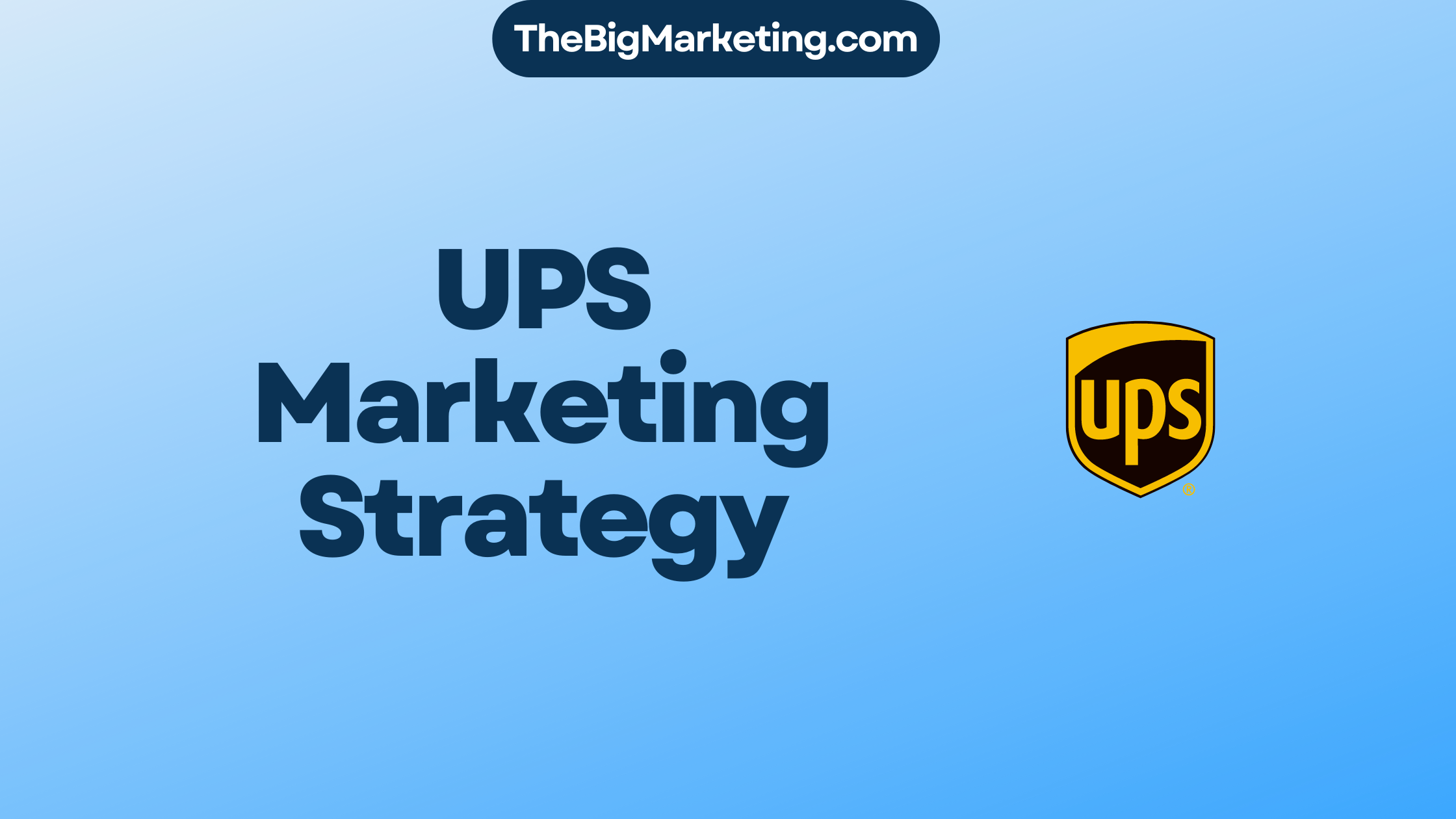In digital marketing, a conversion refers to a desired action taken by a visitor or user that has been identified as valuable to a business. This can include actions such as online sales, leads, email signups, and form completions. Conversion tracking is essential for measuring conversions, conversion rate, and cost per conversion. Conversion rate optimization (CRO) is the process of improving the conversion rate, often through techniques like A/B testing to optimize landing pages or ads for higher conversion rates.
Key Takeaways:
- A conversion in digital marketing is a desired action taken by a user that is valuable to a business, such as online sales, leads, email signups, or form completions.
- Conversion tracking is crucial for measuring conversions, conversion rate, and cost per conversion.
- Conversion rate optimization (CRO) involves techniques like A/B testing to improve the conversion rate of landing pages or ads.
- Understanding different types of conversions is important for measuring the success of digital marketing campaigns.
- Conversion optimization strategies, such as optimizing landing pages and creating persuasive content, can improve conversion rates and drive better results in digital marketing.
Key Types of Conversions in Digital Marketing
In digital marketing, there are several key types of conversions that businesses strive to achieve. These conversions represent different stages in the buyer’s journey and serve as important metrics for measuring the success of digital marketing campaigns. The four main types of conversions in digital marketing are:
1. Online Sales
Online sales refer to purchases made through online platforms. With the increasing popularity of e-commerce, businesses are focusing on optimizing their online sales conversions. From placing an order to completing a transaction, online sales conversions are a crucial factor in driving revenue and growing business.
2. Leads
Leads are prospects who express interest in a product or service by submitting their contact information. This can include filling out a contact form, subscribing to a newsletter, or downloading gated content. Generating leads is an important goal for businesses as it allows for further nurturing and engagement to ultimately convert them into customers.
3. Email Signups
Email signups involve users subscribing to receive email updates or newsletters from a business. Building an email subscriber list is valuable because it allows businesses to directly communicate with their audience, share updates, promotions, and valuable content, and potentially convert subscribers into customers over time.
4. Form Completions
Form completions occur when a user fills out a form to request more information, download a resource, or sign up for an event or webinar. Forms are effective tools for gathering important data about potential customers and initiating further communication. Businesses often optimize their forms to make them more user-friendly and intuitive, increasing the likelihood of form completions.
| Type of Conversion | Description |
|---|---|
| Online Sales | Purchases made through online platforms |
| Leads | Prospects who express interest and provide contact information |
| Email Signups | Users subscribing to receive email updates or newsletters |
| Form Completions | Users filling out forms to request information or resources |
These different types of conversions are critical for businesses to track and optimize in order to achieve their digital marketing goals. By understanding the specific types of conversions and implementing strategies to increase their rates, businesses can effectively drive results and maximize the return on their digital marketing investments.
The Importance of Conversions in Digital Marketing
Conversions play a crucial role in digital marketing as they indicate the level of success and return on investment (ROI) of marketing efforts. When users take desired actions such as making online purchases, submitting forms, or signing up for email newsletters, these conversions provide tangible results that demonstrate the effectiveness of marketing strategies.
Measuring the effectiveness of campaigns is essential for businesses to track progress towards their goals and make informed decisions. By analyzing conversion data, businesses can gain valuable insights into user behavior, understand the impact of their marketing activities, and optimize their strategies for better results.
Tracking conversions allows businesses to measure the ROI of their digital marketing efforts. By determining the cost per conversion and analyzing the revenue generated from these conversions, businesses can evaluate the profitability of their campaigns. This data-driven approach helps businesses allocate their marketing budgets effectively and invest in strategies that yield the highest returns.
Maximizing ROI through Conversion Optimization
Boosting conversions is not only about increasing the number of actions taken by users; it’s about improving the quality of those actions. Conversion rate optimization (CRO) focuses on optimizing various elements of the user experience to maximize conversion rates. By conducting A/B tests, businesses can identify the most effective variations of landing pages, calls to action, and other elements to drive better results.
CRO involves continuously experimenting, testing, and refining strategies to enhance the conversion process. Through data analysis and regular monitoring, businesses can uncover insights that fuel further optimization efforts. By implementing conversion optimization strategies, businesses can not only improve their conversion rates but also enhance the overall performance and success of their digital marketing campaigns.
Ultimately, conversions are the lifeblood of digital marketing. They provide concrete evidence of success and ROI, guiding businesses toward effective decision-making and strategy refinement. By prioritizing conversions and continually optimizing marketing efforts, businesses can drive measurable results and achieve their business goals in the digital landscape.
| Benefits of Conversion Tracking and Optimization |
|---|
| 1. Measuring the success and ROI of marketing efforts |
| 2. Tracking progress towards business goals |
| 3. Making data-driven decisions to optimize strategies |
| 4. Allocating marketing budgets effectively |
| 5. Increasing profitability by analyzing cost per conversion and revenue generated |
| 6. Maximizing conversion rates through CRO |
| 7. Enhancing overall performance and success of digital marketing campaigns |
Conversion Rate Optimization (CRO)
Conversion rate optimization (CRO) plays a crucial role in improving the performance of a website or digital marketing campaign by maximizing the conversion potential. It involves optimizing various aspects of the user experience to increase the likelihood of conversions and achieve better results.
A key technique used in CRO is A/B testing, also known as split testing. This method allows marketers to test different variations of elements such as headlines, buttons, calls to action, or images to identify which ones lead to higher conversion rates.
By strategically experimenting with different design and messaging elements, businesses can gain valuable insights into the preferences and behaviors of their target audience. This data-driven approach enables marketers to make informed decisions and continuously improve the conversion rate.
Optimizing the conversion rate through CRO not only helps a website or campaign perform better but also enhances the overall user experience. When visitors encounter a seamless and persuasive journey, they are more likely to convert, resulting in increased sales, leads, or other desired actions.
Benefits of Conversion Rate Optimization:
- Improved customer engagement and satisfaction
- Increased conversion rates and revenue
- Enhanced marketing ROI
- Greater understanding of user behavior
- Identification of conversion barriers and opportunities for improvement
In summary, conversion rate optimization (CRO) is a vital process for improving the performance and success of a website or digital marketing campaign. By implementing A/B testing and other optimization techniques, businesses can optimize the user experience, increase conversion rates, and achieve greater overall performance.
| Common Elements for A/B Testing | Conversion Rate | Performance Impact |
|---|---|---|
| Headlines | + | + |
| Buttons | + | + |
| Calls to Action | + | + |
| Images | + | + |
Tracking Conversions in Digital Marketing
Tracking conversions is a critical aspect of measuring the effectiveness of digital marketing efforts. By implementing conversion tracking mechanisms and utilizing measurement and analytics tools, businesses can monitor and analyze conversion data to gain valuable insights into user behavior. This allows them to identify successful marketing channels and campaigns, make data-driven decisions, and optimize conversions for better results.
Conversion tracking involves setting up specific tracking mechanisms that record and analyze user interactions and actions on websites or digital marketing platforms. Measurement and analytics tools, such as Google Analytics, provide businesses with comprehensive data and metrics related to conversions, offering detailed information on conversion rates, conversion sources, and user behavior throughout the conversion process.
With effective tracking in place, businesses can understand the impact of their marketing activities and identify areas for improvement. They can evaluate which marketing channels are driving the most conversions, determine the effectiveness of different campaigns, and adjust their strategies accordingly. By analyzing the conversion data, businesses can gain insights into user preferences, engagement patterns, and conversion funnel performance, allowing them to refine their marketing strategies and optimize conversions.
One of the crucial benefits of tracking conversions is the ability to make data-driven decisions. By analyzing conversion data and insights, businesses can identify areas of improvement, such as optimizing landing pages, adjusting ad targeting, or refining email marketing campaigns. This data-driven approach allows businesses to focus their efforts on the most effective conversion strategies and allocate resources more efficiently to improve overall conversion rates.
Furthermore, tracking conversions provides businesses with a reliable method of measuring the success of digital marketing campaigns. It allows them to define conversion goals and track their progress towards achieving those goals. By comparing actual conversion rates against desired targets, businesses can assess the effectiveness of their marketing efforts and make necessary adjustments to optimize conversions.
In summary, tracking conversions in digital marketing is crucial for measuring the effectiveness of marketing efforts, optimizing conversions, and making data-driven decisions. By implementing conversion tracking mechanisms and utilizing measurement and analytics tools, businesses can gain valuable insights into user behavior, identify successful marketing channels and campaigns, and optimize conversions for better results. Tracking conversions enables businesses to measure the success of their marketing strategies, make necessary adjustments, and drive measurable results in their digital marketing campaigns.
Examples of Conversions in Digital Marketing
Conversions play a vital role in digital marketing, and there are various types of conversions that businesses aim to achieve. Here are some examples:
1. Online Purchases
One of the most common examples of conversions in digital marketing is online purchases. This refers to users making purchases on e-commerce platforms, such as buying products or services through a website or mobile app. Online sales conversions are crucial for businesses that operate in the e-commerce industry.
2. Lead Generation
Lead generation is another important type of conversion in digital marketing. It involves capturing and collecting contact information from potential customers, such as their name, email address, or phone number. This information is acquired by offering valuable resources or exclusive offers in exchange for their details. Lead generation conversions help businesses build a database of potential customers and nurture them into paying customers.
3. Email Subscriptions
Email subscriptions are a popular way for businesses to stay connected with their target audience. By offering valuable content, discounts, or exclusive offers, businesses incentivize users to subscribe to their email lists. Email subscriptions conversions allow businesses to establish direct communication channels, share updates, promote new products or services, and build brand loyalty.
To visually demonstrate examples of conversions in digital marketing, please refer to the table below:
| Conversion Type | Description |
|---|---|
| Online Purchases | Users making purchases on e-commerce platforms. |
| Lead Generation | Collecting contact information from potential customers in exchange for valuable resources or offers. |
| Email Subscriptions | Users willingly subscribing to receive regular email updates or newsletters from a business. |
Understanding Advertising Conversions
Advertising conversions are essential metrics that gauge the effectiveness of advertising campaigns. These conversions occur when potential customers take valuable actions that contribute to the success of the campaign. Different types of advertising conversions include:
- Clicks on text ads
- Views of video ads
- Online purchases
- Calls to a business from a mobile phone
Click-through conversion rate measures the percentage of users who proceed from an ad click to another page where higher-value conversions, such as trial signups or sales, are targeted. It provides insights into the effectiveness of ad campaigns in driving users to take desired actions. Sales conversions, on the other hand, involve the exchange of money for goods or services, indicating a successful transaction.
Understanding the various types of advertising conversions helps marketers assess the impact and measure the success of their advertising campaigns. By tracking these conversions, marketers can analyze the performance of their ads, optimize their strategies, and make data-driven decisions to drive better results.
Examples of Advertising Conversions
| Type of Conversion | Description |
|---|---|
| Clicks on text ads | Users clicking on text-based advertisements that redirect them to a landing page or website. |
| Views of video ads | Users watching video-based advertisements, often with the option to skip or engage with the content. |
| Online purchases | Customers making a purchase on an e-commerce platform after interacting with an ad. |
| Calls to a business from a mobile phone | Users initiating phone calls to a business after interacting with an ad on their mobile device. |
Note: The table above provides examples of different types of advertising conversions, showcasing the actions taken by users and the corresponding outcomes.
Strategies for Conversion Optimization
Implementing effective strategies for conversion optimization is key to improving the likelihood of conversions in your digital marketing campaigns. By optimizing landing pages, testing and optimizing headlines, copy, and design, and creating persuasive content, you can enhance the value of your offers and increase the chances of conversions.
Landing page optimization plays a crucial role in conversion optimization strategies. By removing distractions, simplifying the layout, and improving the user experience, you can create a seamless journey for your visitors and guide them towards taking the desired action.
Testing and Experimentation
Another critical strategy for conversion optimization is testing and experimentation. A/B testing allows you to compare different versions of your landing pages, headlines, copy, and design to identify which variations perform better in terms of conversion rates. By continuously experimenting and refining your strategies, you can continually improve your conversion optimization efforts.
Persuasive content is essential in capturing your audience’s attention and driving conversions. Use compelling headlines that highlight the benefits of your product or service, and craft persuasive copy that appeals to your target audience’s needs and desires. Emphasize the value of your offer and address any potential objections to encourage users to take action.
By implementing these strategies and constantly refining your approach, you can increase the chances of conversions and drive better results in your digital marketing campaigns. Conversion optimization is a continuous process that requires ongoing analysis, testing, and iteration to achieve optimal results.
Tools for Conversion Tracking and Optimization
In the world of digital marketing, effective conversion tracking and optimization are crucial for achieving success. Fortunately, there are numerous tools available to help businesses track and optimize their conversions, ensuring that their marketing efforts are on the right track. Let’s explore some of these tools:
Website Surveys
Website surveys are invaluable for gathering qualitative feedback from visitors, enabling businesses to gain insights into user preferences and behaviors. By understanding the motivations and pain points of their target audience, businesses can make informed decisions and improve their optimization efforts accordingly.
Heatmaps
Heatmaps provide visual representations of visitor behavior on a website. By analyzing areas of high engagement and attention, businesses can identify opportunities for improvement and make data-driven decisions to enhance the user experience. Heatmaps allow marketers to optimize their webpages for maximum engagement and conversions.
A/B Testing Tools
A/B testing, also known as split testing, is a powerful technique for optimizing conversions. By testing different versions of webpages, businesses can identify which variations lead to higher conversion rates. A/B testing tools provide the necessary infrastructure for setting up and running experiments, allowing marketers to optimize their marketing collateral for better results.
Form Analytics Tools
Form analytics tools provide valuable insights into user interaction with forms on a website. These tools help businesses identify friction points, drop-off rates, and user behavior patterns, enabling them to optimize their forms for maximum completion rates. By improving the user experience of forms, businesses can increase conversion rates and capture more valuable leads.
These conversion tracking and optimization tools, including website surveys, heatmaps, A/B testing tools, and form analytics tools, empower businesses to make data-driven decisions and continuously improve their conversion rates. By leveraging these tools effectively, businesses can unlock the full potential of their digital marketing campaigns and drive measurable success.
| Tool | Description |
|---|---|
| Website Surveys | Gather qualitative feedback from visitors to gain insights and improve optimization efforts. |
| Heatmaps | Provide visual representations of visitor behavior, helping identify areas of attention and improvement. |
| A/B Testing Tools | Enable marketers to experiment with different versions of webpages and compare their impact on conversions. |
| Form Analytics Tools | Analyze user interaction with forms and identify friction points to optimize form completion rates. |
Conclusion
Conversions are the lifeblood of digital marketing campaigns, serving as tangible indicators of success and effectiveness. By understanding the different types of conversions, optimizing conversion rates, tracking conversions, and implementing effective strategies, businesses can achieve remarkable results in their digital marketing efforts. Conversion rate optimization (CRO) techniques like A/B testing and persuasive content creation play crucial roles in driving higher conversion rates.
Continuous monitoring and optimization of conversions empower businesses to improve their ROI and make data-driven decisions. By leveraging conversion tracking tools, businesses can gain valuable insights into user behavior and make necessary adjustments to improve conversion rates. Successful digital marketing campaigns prioritize conversions as key performance metrics and continually optimize strategies to drive measurable results.
In summary, conversions are the ultimate measure of success in digital marketing. They signify users’ desired actions, indicating the effectiveness of marketing efforts. Understanding the different types of conversions, optimizing conversion rates, tracking conversions, and employing effective strategies are essential components of running successful digital marketing campaigns. By prioritizing conversions and continuously optimizing strategies, businesses can maximize their ROI and achieve significant results in the digital landscape.






